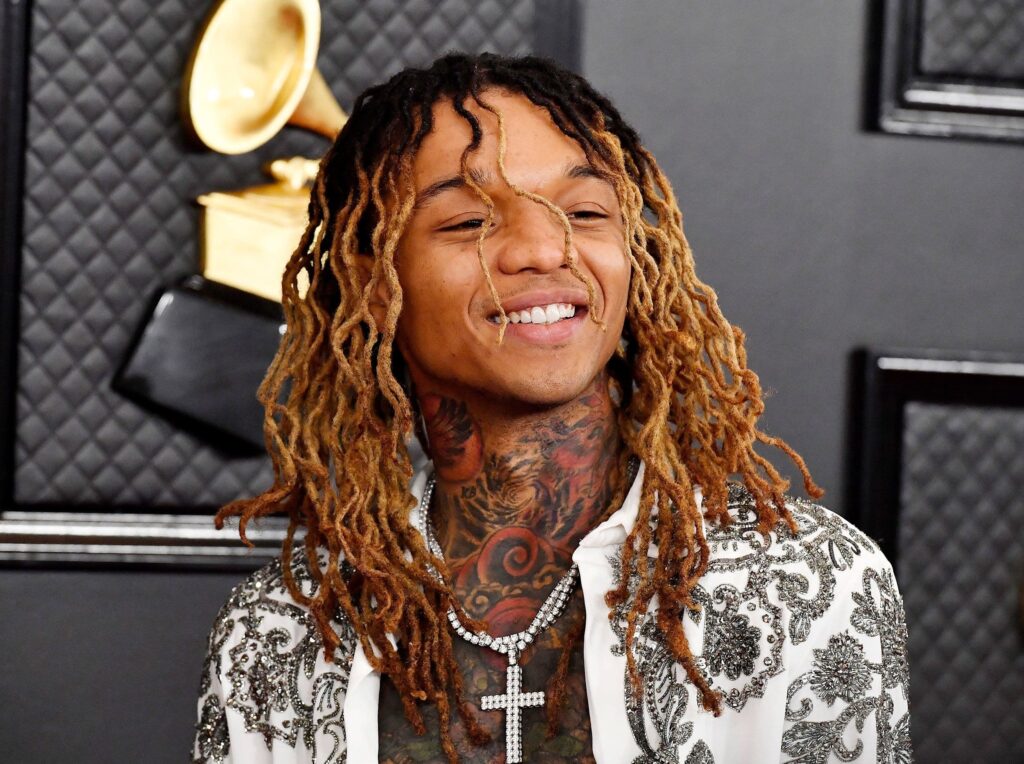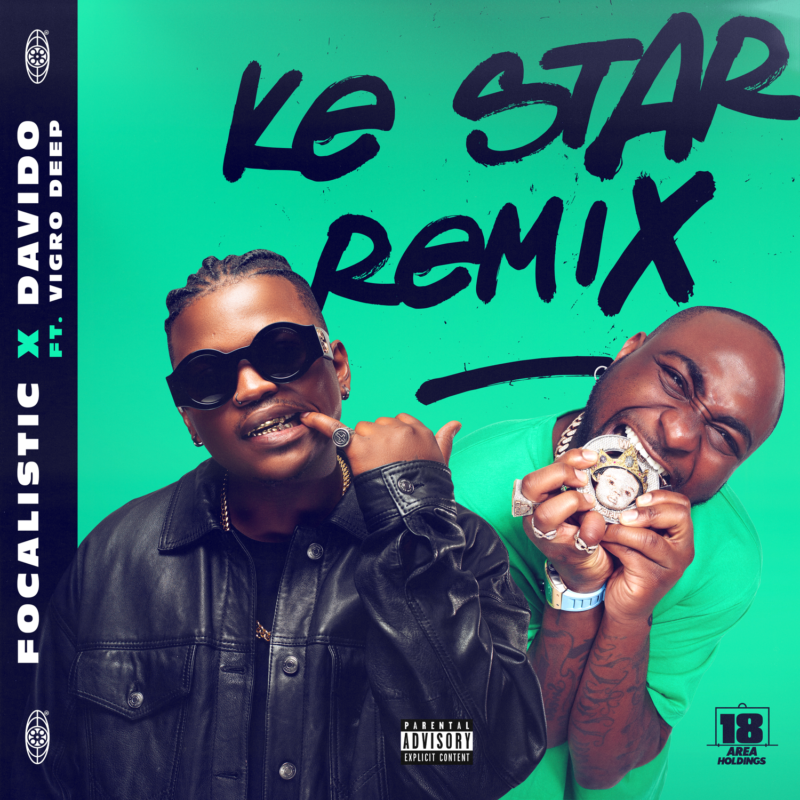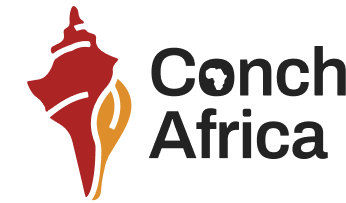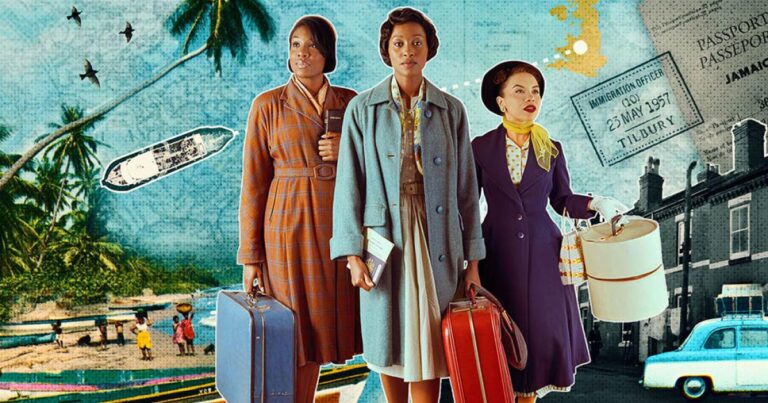There’s a war of words going on about the origins of fusion genre amapiano – so where DID it begin?
While selling out stadium venues and topping music charts has become a regular affair in African music as we now know it, trouble broke out recently when American-born hip-hop artist Swae Lee released a video (which was subsequently taken down) ascribing the origin of the hottest sound across Africa at the moment – ‘Amapiano ’ – to Nigerians.

This was following his visit to Nigeria for a new project he is currently working on – and said video has produced so many stunned reactions across the board that Swae lee was forced to release an apology video, to set the record straight. Eek.
It seems opportune to do a little dive into the origin of the Amapiano sound, for those who aren’t familiar…
Amapiano is a popular genre of music that originated in South Africa – yes, South Africa! – in the 2010s and has since gained significant traction both within South Africa and internationally. The genre’s first recorded breakaway hit was in 2018, with Vigro Deep’s track Vula Vala, which became a massive South African hit and helped spread the word about this hypnotic marriage of sounds, across Africa and beyond.

The term “amapiano” itself is derived from the Zulu word “piano,” which means “to play.” The genre is characterized by its unique fusion of deep house, jazz, kwaito, and other South African music influences. Amapiano as a sound was developed over time by South African DJs and artist throughout the 2010s.
It gained popularity through various channels, including social media platforms, parties, and clubs as it was regarded as underground house music. It initially appealed to a niche audience due to its unique percussive elements and piano rolls – but quickly gained mainstream recognition, becoming a dominant genre in South Africa’s music industry.
But who brought Amapiano to Nigeria? Was it Mayorkun, Wizkid, Kiddo, Burna Boy, Niniola, Rema – or even Goya Menor?
The genre’s rise to prominence has been attributed to its infectious danceability, as well as its ability to capture the essence of South African youth culture. And amapiano’s success can also be attributed to the collaborative nature of the music scene, with producers, vocalists, and DJs like DJ Maphorisa, Kabza De Small, Focalistic, Sha Sha, Samthing Soweto, MFR Souls, Vigro Deep and many others often coming together to develop and create unique tracks.

The truth is, amapiano made a major break in the Nigerian music scene relatively recently, in 2021 – when Focalistic featured afrobeat superstar Davido in his remix single Ke Star. While this wasn’t the introduction of amapiano into the Nigerian music scene, it was the first Amapiano jam to become a hit both in Nigeria and South Africa, therefore becoming the bridge between both nations, in terms of genre-sharing.
Nigerian artists have also been developing sounds with amapiano elements as far back as 2020 –
Think Mayorkun’s single Of Lagos. Kiddominat, a Nigerian producer, also featured Casper Nyovest on 2020 earworm, eWallet. Though the song garnered streams and some popularity, it wasn’t a major hit across the country. As time went on, artist like Flavour, Rema, Zlatan, Zynolesky, Burna Boy and Falz all made nationwide hits with the sound. These hits were, let’s be clear about this, way beyond their time – these artists walked so that the new afrobeats artists doing amapiano now, could fly in an ever-dynamic afrobeats world.
Yes, Nigeria has contributed hugely to the globalisation of the amapiano sound, but it cannot lay ownership to it. It’s just never been a debate amongst the top players – but it is a reminder to fans, in the midst of the latest Twitter row, that genre-sharing does not translate to losing ownership.





2 Responses